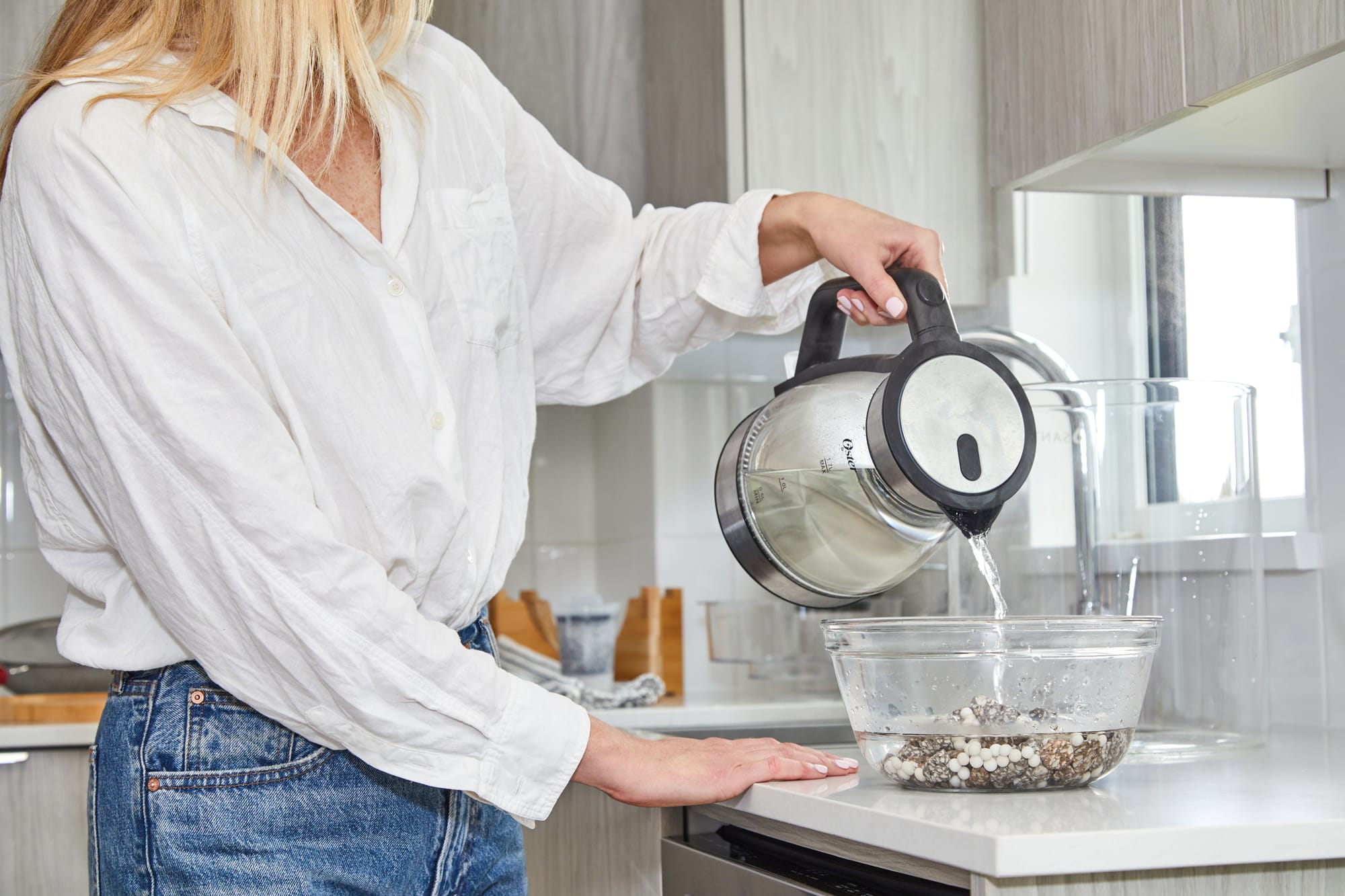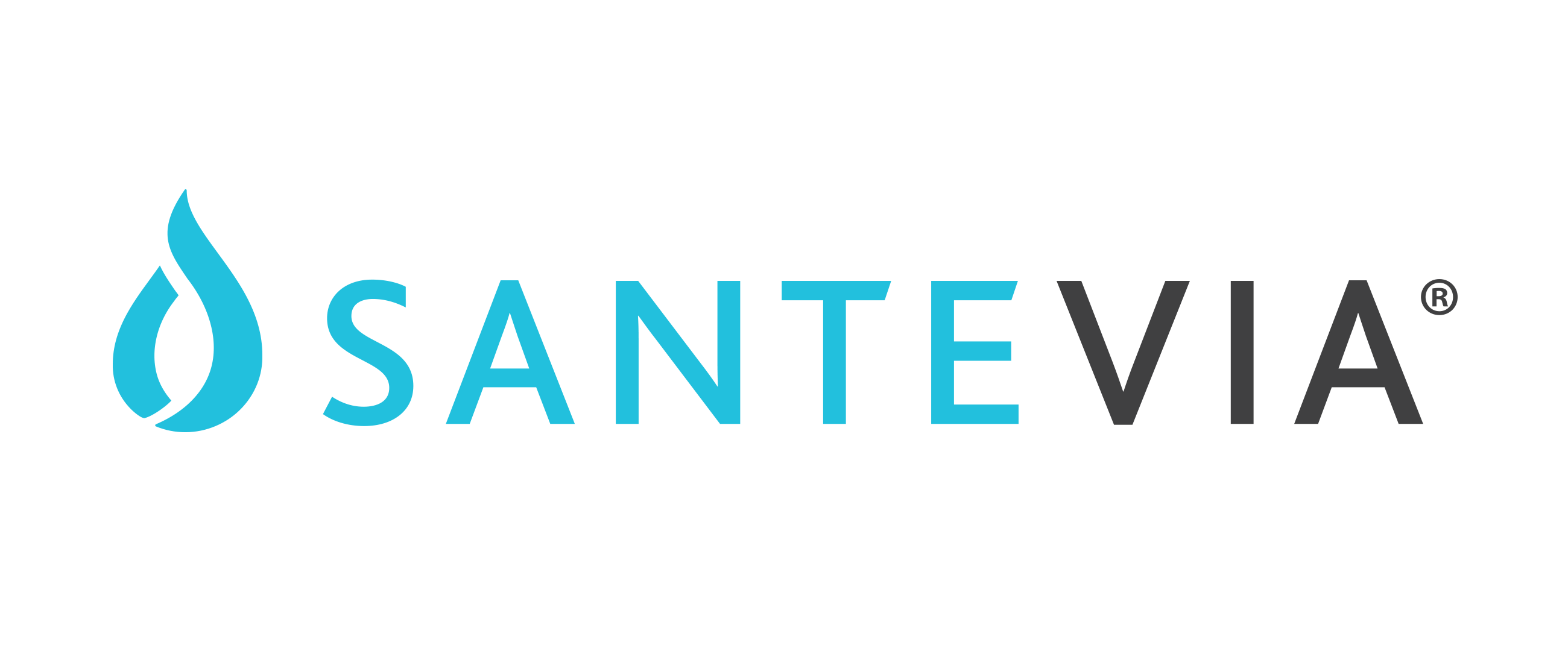DIY Methods To Remove Chlorine: Do They Work?
Chlorine is added to tap water to kill harmful bacteria, but it leaves an unpleasant taste and poses health concerns. This guide covers two easy DIY methods to remove chlorine from your drinking water. We’ll also explore why dedicated water filters may be a better long-term solution for removing chlorine and other impurities effectively.
Why Remove Chlorine from Drinking Water?
While chlorine plays an essential role in disinfecting water, it has downsides:
- Unpleasant Taste and Odor: Chlorine’s distinctive smell and taste can make tap water unappealing to drink.
- Health Concerns: Consuming chlorinated water over time has been associated with potential health risks, including digestive issues and possible respiratory issues.
For these reasons, many people look for ways to remove chlorine from their water before drinking it. Here are two quick methods to try at home.
Method 1: Boil the Water
Boiling water can help remove chlorine, as the heat causes chlorine to evaporate.
- Instructions: Boil your water for at least 15 minutes, allowing the chlorine to escape as gas.
- Pros: Quick method that requires only a pot and heat source.
- Cons:
- Requires time and energy, and you’ll need to wait for the water to cool before drinking.
- This method only removes chlorine, leaving behind other contaminants like heavy metals and persistent “forever chemicals” that may be in the water.
Method 2: Let the Water Sit Out
Letting water sit uncovered is another way to reduce chlorine content.
- Instructions: Pour water into a large, open container and leave it out for 24-48 hours.
- Pros: Requires no energy, equipment, or active effort.
- Cons:
- Evaporation is a slow process, taking one to two days depending on temperature and ventilation.
- Exposing water to open air also makes it vulnerable to airborne impurities like dust, fruit flies, and other contaminants.
This approach works if you’re not in a rush, but it’s not ideal for those seeking immediate access to chlorine-free water.
Considerations: Are DIY Methods Effective?
Studies confirm that these methods can reduce chlorine in water. However, they aren’t always the most efficient options:
- Time-Consuming: Boiling and natural evaporation require significant time.
- Limited Scope: These techniques only remove chlorine, not other potential contaminants like heavy metals, microplastics, or volatile organic compounds (VOCs).
For faster, more comprehensive filtration, consider using a Santevia filter specifically designed to remove chlorine and other impurities.

Choosing the Right Water Filter for Chlorine Removal
Investing in a high-quality water filter can provide immediate results without the hassle of boiling or waiting. Santevia’s activated carbon filters are especially effective for chlorine removal. Here’s why:
- Instant Filtration: Filters remove chlorine on contact, providing clean water immediately.
- Broad Protection: Along with chlorine, Santevia filters also remove additional contaminants like heavy metals and forever chemicals.
- Easy to Use: Santevia filters are designed for daily use, saving you time and effort.
With Santevia’s water filters, you get fresh, great-tasting water without the downsides of chlorine. Check out our range of water filtration products to find the best option for your home.

